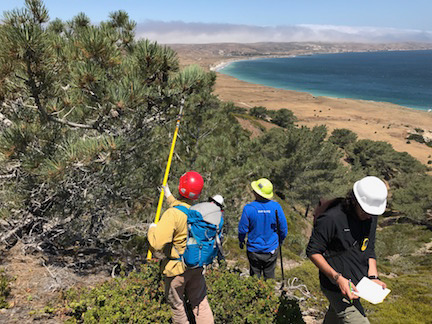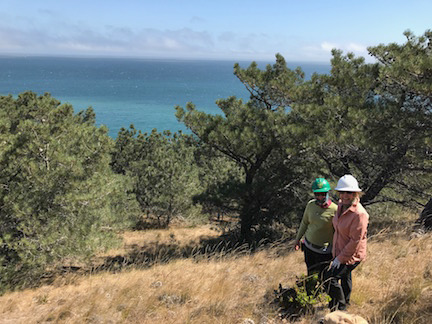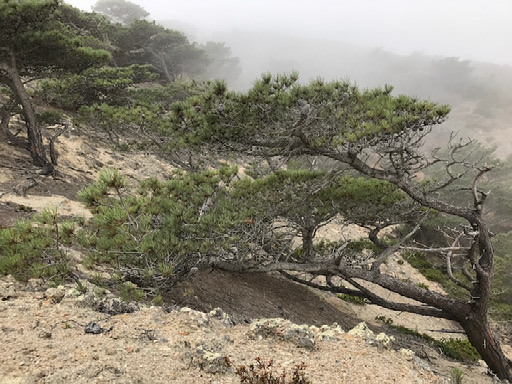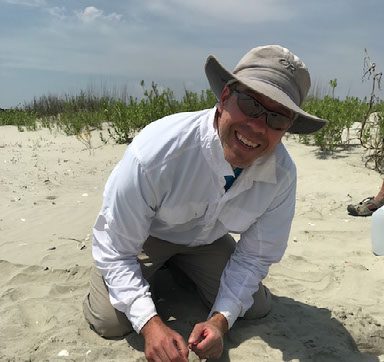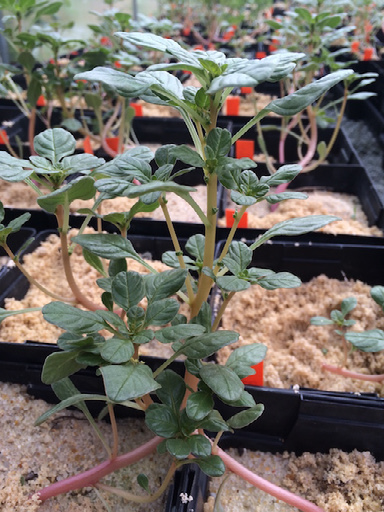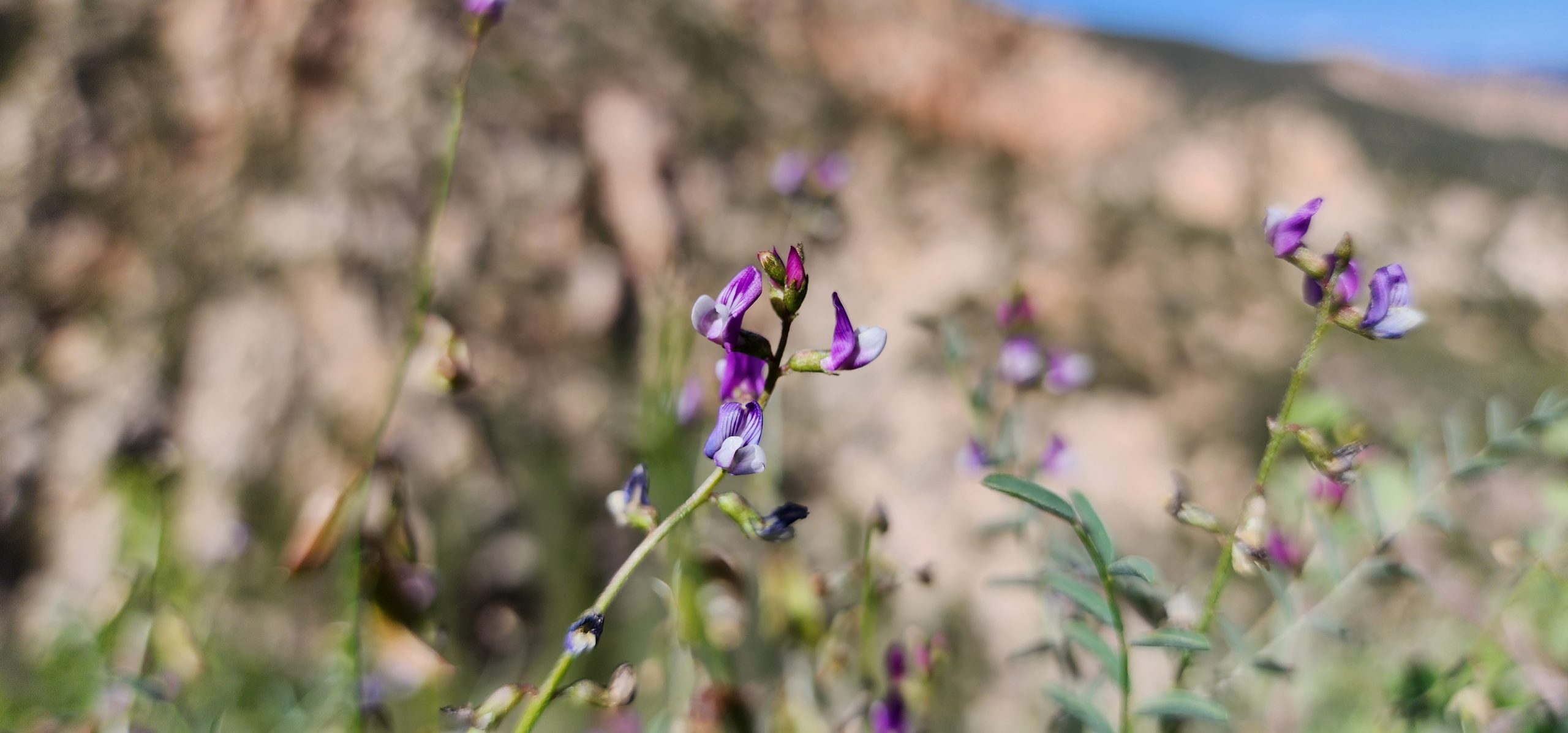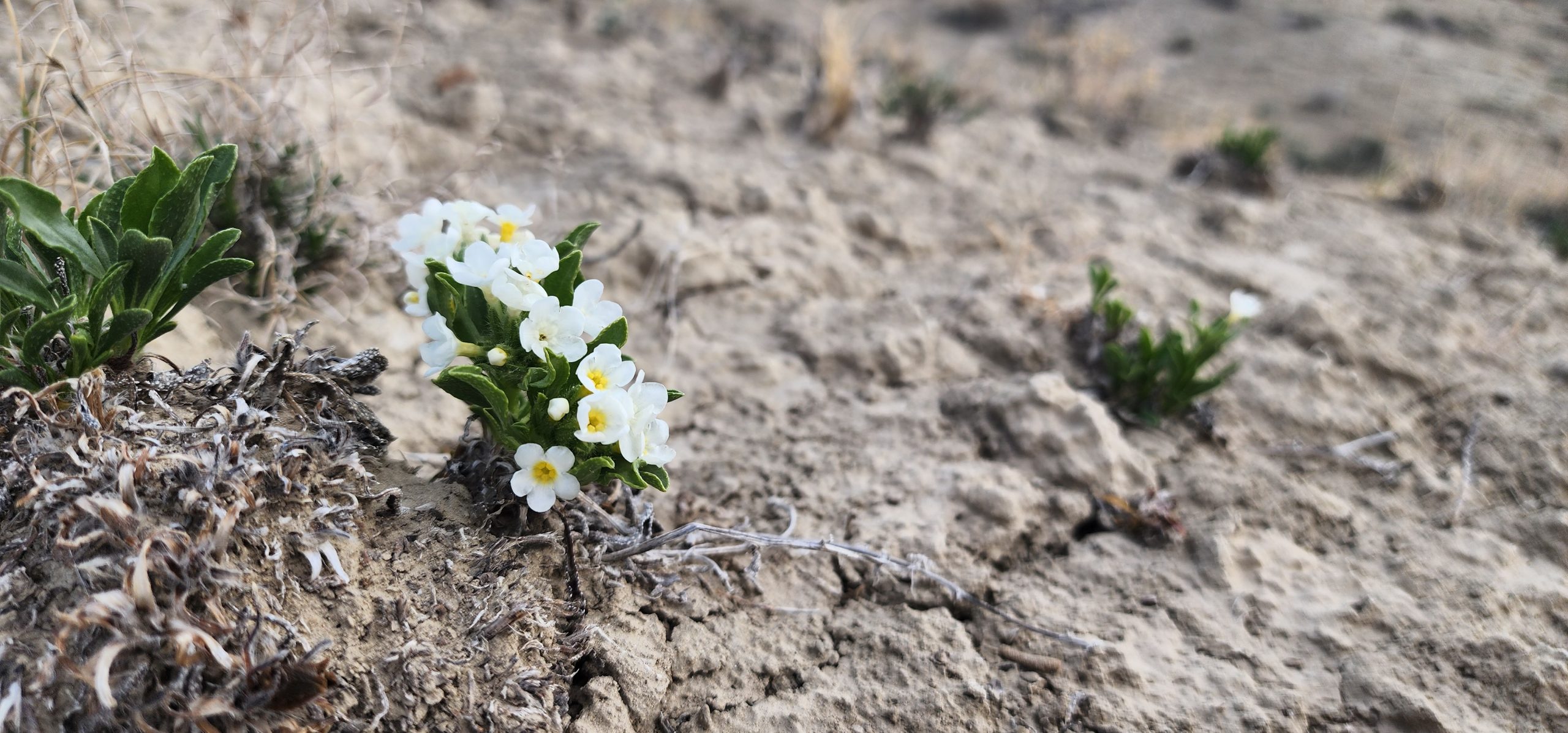Save Plants
CENTER FOR PLANT CONSERVATION
July 2017 Newsletter
As summer kicks in to high gear, thoughts of sun and surf often enter the picture. We are fortunate here in Southern California to be so close to some of the world’s greatest seaside destinations. The sights, the smells, the cooling ocean air – these are the makings of wonderful summer memories for millions each year. But those droves of millions, and the lure of an ocean side lifestyle, have made the world’s coasts, and nearby associated habitats, some of the most threatened environments on the planet. Development, overuse, and the ever present threats of climate change and rising tides, all serve to diminish these places and threaten the species dependent on them. Plants found here in particular are often specialists, dependent on an intricate balance of salt and fresh water, each living in a narrow band characterized by special environmental factors, sandwiched between dry land and the wide open ocean. Once these places become degraded they quickly lose their native plant communities and soon after the wildlife dependent on them is lost as well.
It may thus come as no surprise then that several of our CPC Participating Institutions are working specifically on saving rare coastal plant species. In this month’s issue of Save Plants, you’ll learn about some of these valiant efforts. Our partners back east are working to save the plants in the New Jersey Pine Barrens as well as all along the coastal sand dunes of the Atlantic. And here on the west coast, efforts to understand the conservation genetics of the iconic Torrey pine are underway. CPC supports these and other plant conservation efforts by helping to secure and distribute resources for our partners; this year alone CPC will distribute several hundred thousand dollars directly to CPC Participating Institutions for their conservation work. As important, the CPC network remains a primary means for plant conservationists to learn of and share best practices on how to do the hard work of saving plants. And here at the CPC National Office we are continually advocating for plants and plant conservation, working with our partners in Washington, D.C., including the Bureau of Land Management and the US Forest Service to better understand the need for and support of plant conservation. These all collectively allow our partners to continue doing their work and to ever better accomplish measurable conservation outcomes using the best science available.
I do hope you get a chance to see some of North America’s beautiful coasts this year. Remember to bring a hat, wear sun screen and oh yeah, please don’t step on the plants. And while there, enjoying the sun and surf, you might by chance see a few people with their heads down, backs to the sea, toiling away saving plants. Please thank these people for what they do and be reassured knowing they are doing it for all of us, including you. Enjoy summer!
Brooklyn Botanic Garden
The heat and humidity of July bring millions of Americans to the beaches, bays, and towns of the North American Coastal Plain. As families travel to their sandy destinations, they pass through an area of exceptional biodiversity, but one in critical danger. More than 86% of habitat has already been lost to development and along with it populations of rare and endemic plants. With so many people living and visiting the area, conservation strategies must take aim at limiting urban sprawl and identifying refuges or hot-spots for protection. The Brooklyn Botanic Garden is engaged in quantifying some of those hot-spots within the New Jersey Pine Barrens, the northern sliver of the Coastal Plain Province. . .
They have worked with two threatened species this year, Pixie Moss (Pyxidanthera barbulata) and Bog Asphodel (Narthecium americanum). Pixie moss needs open sandy habitat to persist and finds a home along the edges of trails and sand roads. While diminutive in stature, it has loads of charm when in bloom. Aside from plant succession, the most serious threat to this plant comes from off road enthusiasts. Bog asphodel resides in acidic bogs and swamps, whose habitat is affected by nutrient rich storm water runoff and the altered water flows of housing developments. Indirectly, the activities of sun and sand seekers are having negative impacts for these habitats and for these two species in particular.
Contributor: Uli Lorimer

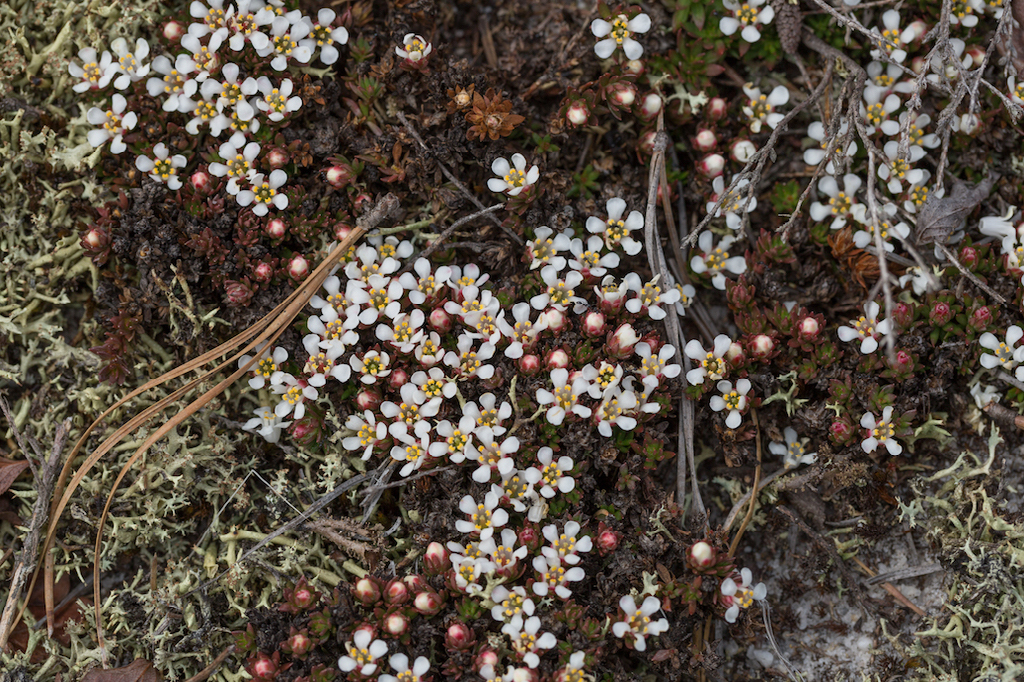
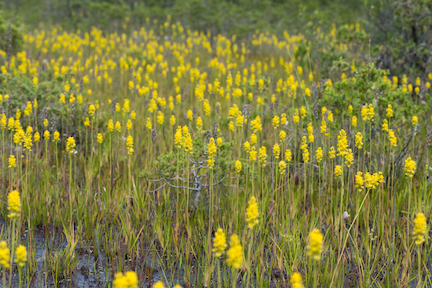
Southern Californian Coast Home to Iconic Torrey Pine
Torrey pine (Pinus torreyana) is an iconic species found only in southern California, and is among the rarest pine species in the world. There are only two native populations of Torrey pines, one in the Del Mar/La Jolla region, where a subset is protected in the Torrey Pines State Natural Reserve, and the second on Santa Rosa Island, where it is protected in the Channel Islands National Park. Despite the fact that its range is protected in situ, Torrey pine is a species of increased concern under changing environmental conditions, as exposure to climate extremes has made them increasingly susceptible to abiotic and biotic stresses, such as attack by bark beetles. While any long-lived tree species may be challenged by climate change, Torrey pines may be especially vulnerable as past genetic studies have shown that they have an unprecedentedly low level of genetic diversity, which could be exacerbated by population declines. Higher resolution, fine-scale, whole-genome approaches are needed to resolve critical conservation questions.
Researchers from multiple institutions have teamed up to pursue genomic studies to aid conservation efforts for this iconic tree. At the San Diego Zoo Global (SDZG) Institute for Conservation Research, a CPC partner, researchers (including Plant Conservation postdoctoral associate, Stephanie Steele) are investigating the level of diversity in functional genes, such as genes related to oleoresin storage and production that may contribute to a tree’s ability to respond to colonization by bark beetles. They will also assess genetic diversity conserved in long-term ex situ collections of Torrey pines across the globe. If novel diversity exists in these collections compared to the native populations, these trees could be candidates for reintroduction back to their native populations to augment genetic diversity. . .
SDZG Plant Conservation is also pleased to be partnering with a team of scientists at North Dakota State University (led by Dr. Jill Hamilton and graduate student, Lionel Di Santo) and the USDA Forest Service (led by Dr. Jessica Wright). These scientists recently led a large-scale collection of cones and needles across the mainland and island populations. This large collaborative effort included students from NDSU, USDA Forest Service researchers, interns, and arborists, and SDGZ plant conservationists and arborists. DNA from needles will be used to assess genome-wide diversity and population structure within and between the two native populations, and seeds collected will contribute to both a research garden and a long-term, ex situ conservation collection. These efforts protect the current genetic diversity of the species in seed collections, provide insight into the diversity and adaptive potential of the native populations, and will guide future restoration efforts from ex situ collections if needed to preserve the species. Key to the conservation of Torrey pine has been the formation of collaborative partnerships, where common conservation goals aim to protect and conserve this iconic tree for future generations.
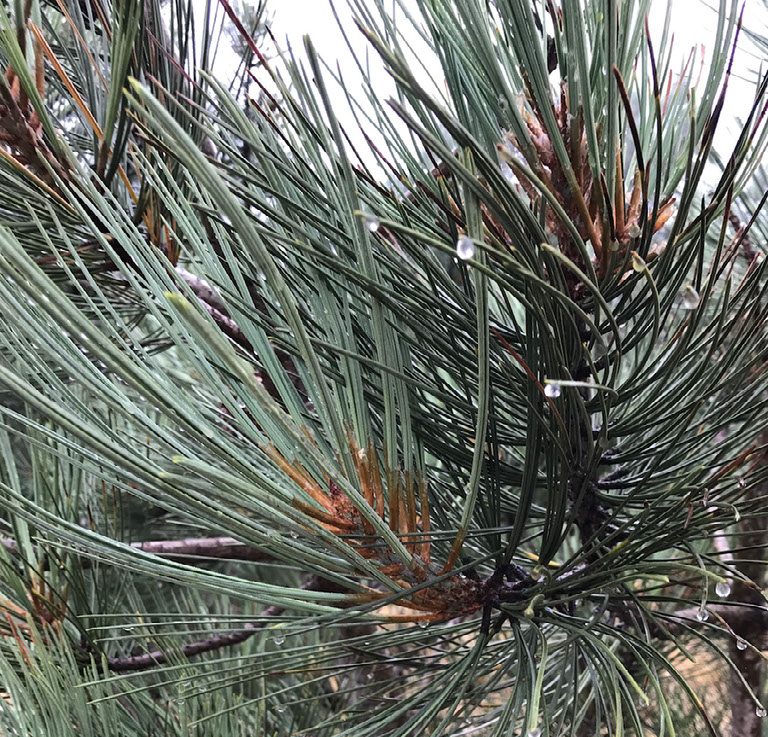
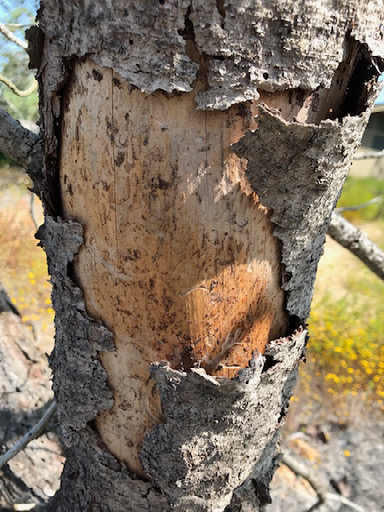
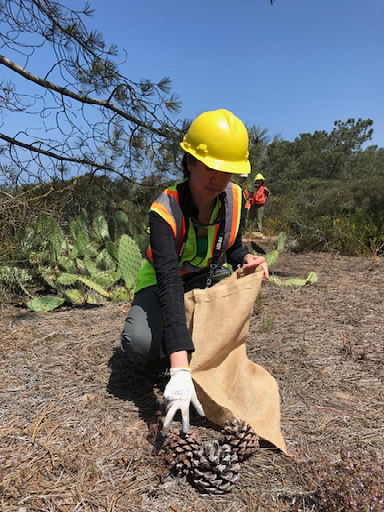
Dune Plants Germinating Along the Eastern Seaboard
The North Carolina Botanical Garden (NCBG) is currently working with Seabeach Amaranth (Amaranthus pumilus), a federally threatened species that is severely declining. The species is found on sparsely vegetated beach dunes from South Carolina to New York (historically to Massachusetts). Over a 13-year period, this species declined from over 200,000 plants between 2000 and 2002 to 1,320 recorded plants in 2013, range-wide. This is a 99.5 percent reduction in the number of individuals of this annual species. In partnership with the Fish and Wildlife Service (FWS) with funding from their internal Cooperative Recovery Initiative (CRI), NCBG is working to restore populations of Seabeach Amaranth in National Wildlife refuges throughout the species range. . .
In 2015, NCBG with Dale Suiter and Erin King of the FWS, collected seed from wild populations nearest each reintroduction site. With the species vulnerable to climate change, beachfront property development, sea-level rise, and beach use it was important to collect these seeds to preserve genetic diversity and to provide material for increasing the number of seed available for restoration. A seed increase project was implemented in 2016 as well as trials to refine protocols and planting techniques in order to maximize overall project success. In 2017, 2000 Seabeach Amaranth seeds were planted at each of six National Wildlife Refuges and 2 privately held conservation properties. These included Cape Romain NWR in South Carolina, Chincoteague NWR in Virginia, Cape May and Forsythe NWRs in New Jersey, Nantucket and Monomoy NWRs and two conservation areas in Massachusetts. In selecting the refuges and conservation areas, some of the many threats to this plant were eliminated. The good news? Germination at all locations has been reported. They are monitoring the seedlings until these plants senesce in the fall, and into the future.
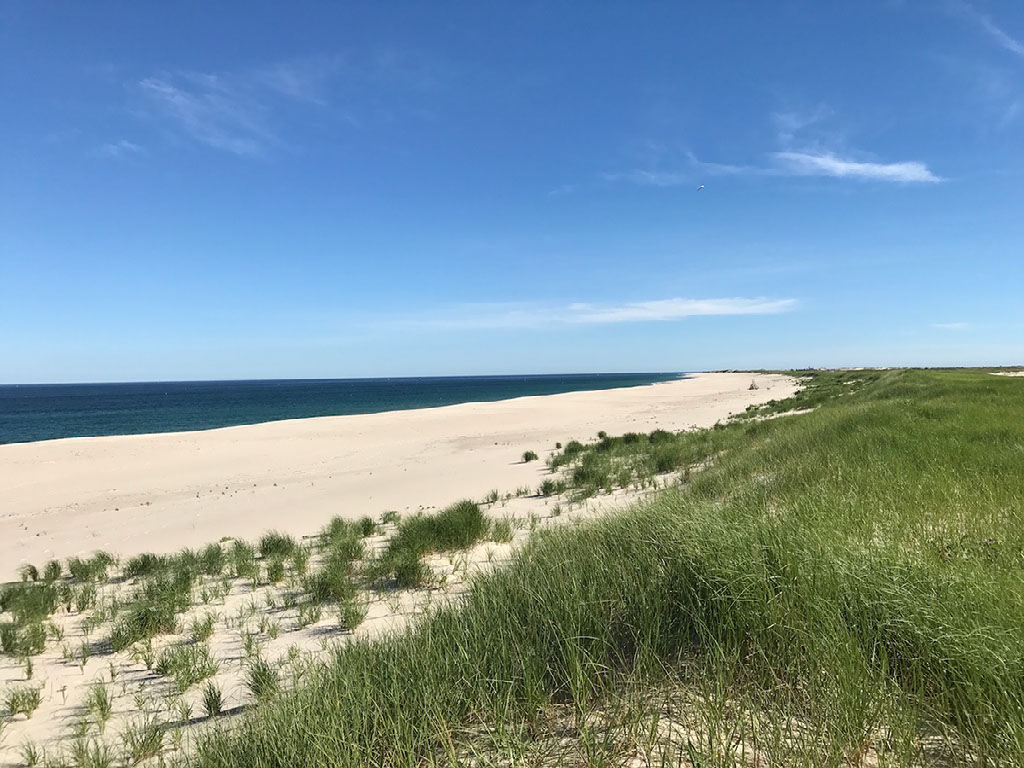
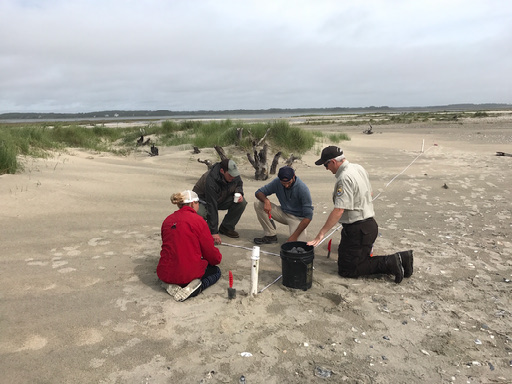
Venus flytrap (Dionaea muscipula)
NCBG has been helping with pollinator work and leading its own genetics and seed conservation project. It is a recent addition to the CPC national collection and is endemic to about a 100km radius of Wilmington NC, with the majority in counties along the coasts. It has been declining range-wide and was recently petitioned for listing under ESA. In 2015, there were estimated to be fewer than 33,000 plants in the wild, all on sites owned by The Nature Conservancy, the North Carolina state government, or the US military.
The Venus flytrap is found in bogs and wet savannahs. It tolerates fire well, and depends on periodic burning to suppress its competition. It survives in wet, sandy, and peaty soils. The Venus flytrap is not a tropical plant and can tolerate mild winters. In fact, Venus flytraps that do not go through a period of winter dormancy will weaken and die after a period of time.
Get Updates
Get the latest news and conservation highlights from the CPC network by signing up for our newsletters.
Sign Up Today!Donate to CPC
Thank you for helping us save plant species facing extinction by making your gift to CPC through our secure donation portal!
Donate Today